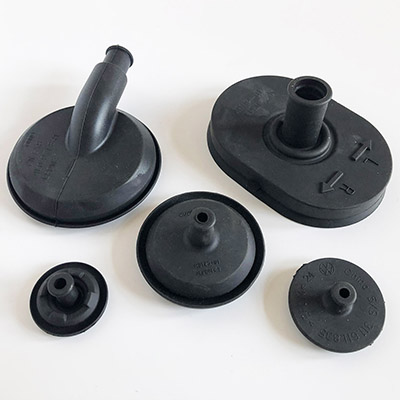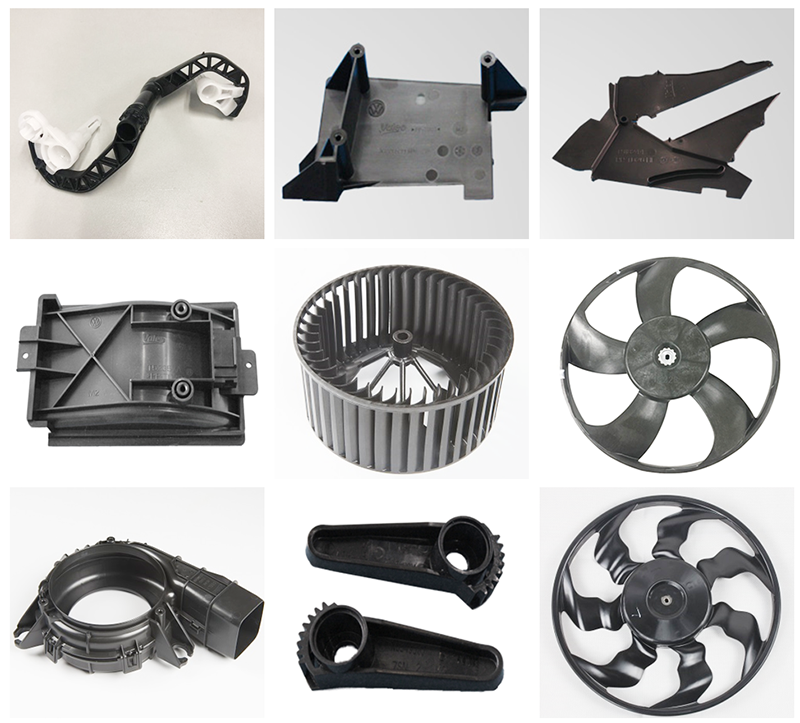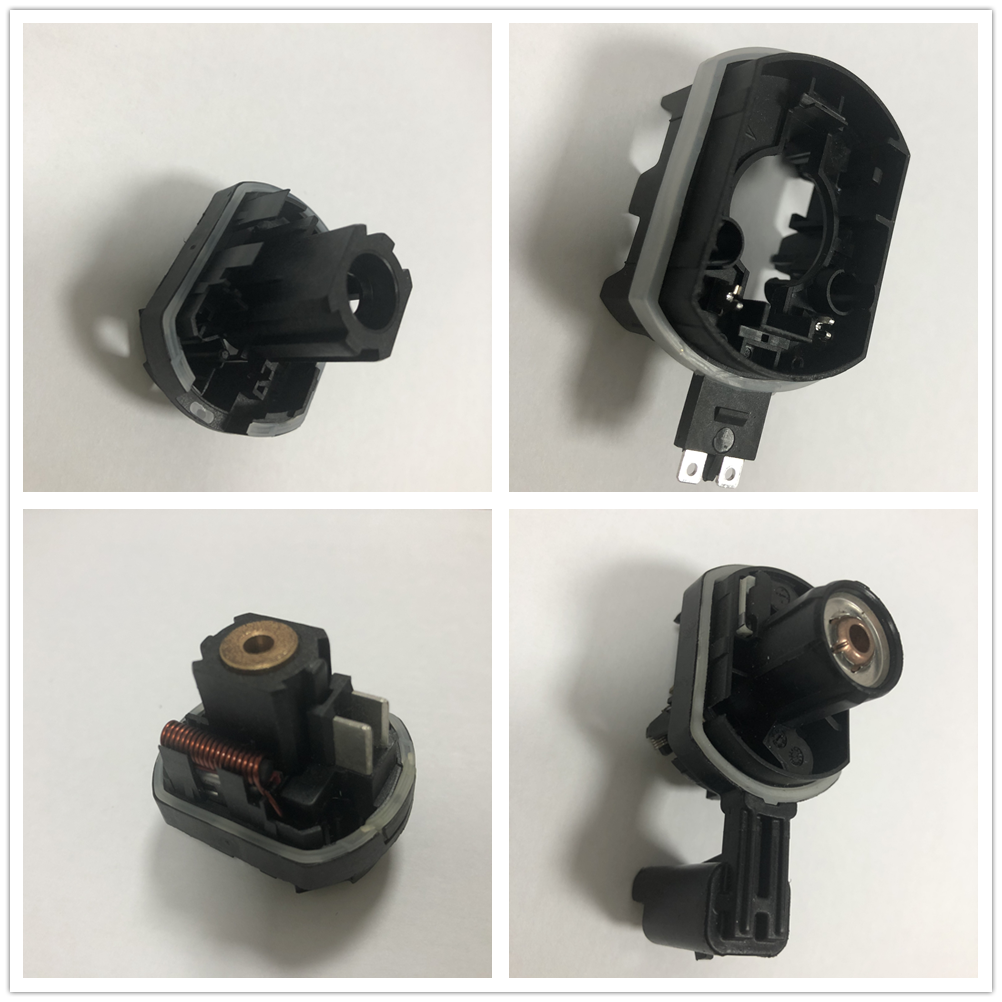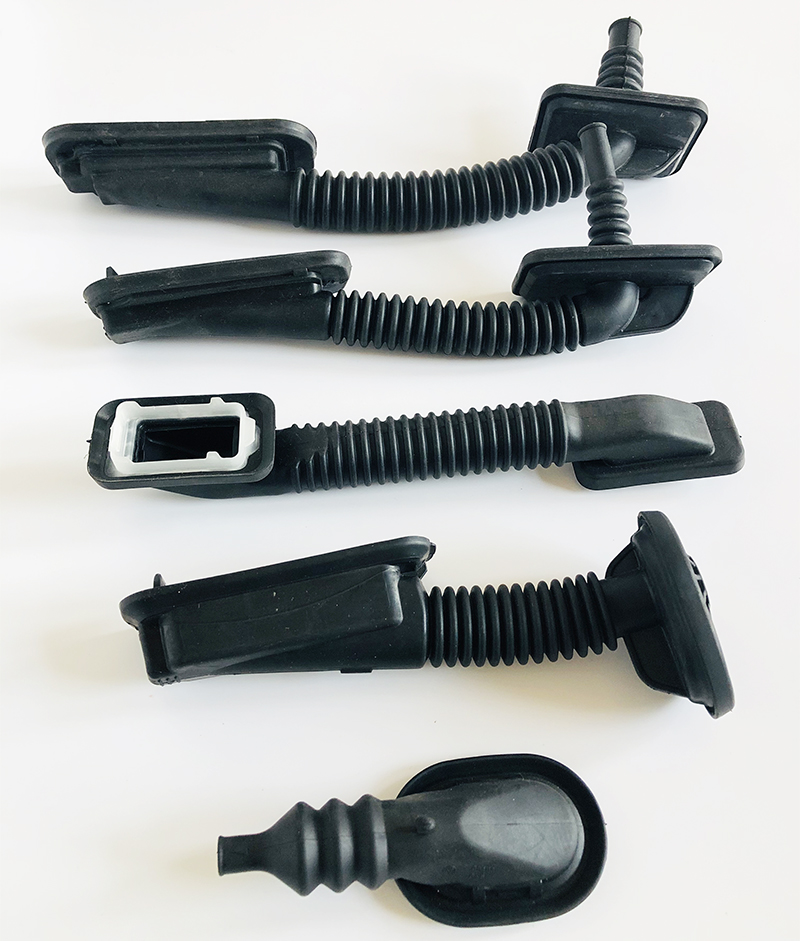

Basic knowledge of rubber
Rubber is a highly elastic polymer compound. It has high elasticity that other materials do not have, so it is also called an elastomer. The main feature of rubber is its large molecular weight, which is generally in the hundreds of thousands or even millions; the second is the polydispersity of rubber, that is, the molecules of rubber are of different sizes and have a distribution range, which is the determination of rubber. Be the intrinsic reason for engineering materials.

The earliest written record of rubber is the "New World" written by the Spaniard Angela in 1525. Later, in 1901, Todesillas wrote in his book that the peculiar ball played by the inhabitants of Haiti was made of gum (Gum), which is still the name for rubber in French and Japanese. The rubber is called "Caoutchouc", which means "tears of the tree".
Natural rubber is obtained by coagulating and drying the latex that flows out of the Hevea oleifera tree when it is tapped. In 1770, the British chemist J. Priestley discovered that rubber can be used to erase pencil writing, and the material for this purpose was called rubber at that time, and the word has been used to this day. The molecular chain of rubber can be cross-linked. When the cross-linked rubber is deformed by external force, it has the ability to recover quickly, and has good physical and mechanical properties and chemical stability. Rubber is the basic raw material of the rubber industry and is widely used in the manufacture of tires, hoses, tapes, cables and other various rubber products.
Types Rubber is divided into natural rubber and synthetic rubber according to the raw material. According to the shape, it is divided into block raw rubber, latex, liquid rubber and powder rubber. Latex is a colloidal water dispersion of rubber; liquid rubber is an oligomer of rubber, which is generally a viscous liquid before unvulcanization; powder rubber is a powdered latex that is processed into powder to facilitate batching and processing. Thermoplastic rubber developed in the 1960s does not require chemical vulcanization, but is formed by processing methods of thermoplastics. Rubber is divided into general type and special type according to the use.

General-purpose rubber has better comprehensive properties and is widely used.
There are:
①Natural rubber. Made from the latex of the Hevea tree, the basic chemical composition is cis-polyisoprene. Good elasticity, high strength and good overall performance.
② isoprene rubber. The full name is cis-1,4-polyisoprene rubber. It is a high-cis synthetic rubber made from isoprene. Because its structure and properties are similar to natural rubber, it is also called synthetic natural rubber.
③ Styrene-butadiene rubber. Referred to as SBR, it is obtained by the copolymerization of butadiene and styrene. According to the production method, it is divided into emulsion polymerized styrene-butadiene rubber and solution-polymerized styrene-butadiene rubber. Its comprehensive performance and chemical stability are good.
④ Butadiene rubber. The full name is cis-1,4-polybutadiene rubber, referred to as BR, which is obtained by the polymerization of butadiene. Compared with other general-purpose rubbers, the vulcanized cis-butadiene rubber has excellent cold resistance, wear resistance and elasticity, less heat generation under dynamic load, and good aging resistance. It is easy to use with natural rubber, neoprene, nitrile rubber, etc. .

Special rubber refers to rubber with some special properties.
There are:
① Neoprene. Referred to as CR, it is obtained by the polymerization of chloroprene. It has good comprehensive performance, oil resistance, flame resistance, oxidation resistance and ozone resistance. However, its density is high, it is easy to crystallize and harden at room temperature, its storage property is not good, and its cold resistance is poor.
②Nitrile rubber. Abbreviated as NBR, it is obtained by the copolymerization of butadiene and acrylonitrile. It has good oil resistance and aging resistance, and can be used for a long time in air at 120°C or in oil at 150°C. In addition, it also has water resistance, air tightness and excellent bonding properties.
③ Silicone rubber. The main chain consists of alternating silicon and oxygen atoms with organic groups on the silicon atoms. High and low temperature resistance, ozone resistance, good electrical insulation.
④Fluorine rubber. Synthetic rubber containing fluorine atoms in its molecular structure. It is usually expressed by the number of fluorine atoms in the fluorine-containing unit in the copolymer, such as fluororubber 23, which is a copolymer of vinylidene fluoride and chlorotrifluoroethylene. Fluorine rubber is resistant to high temperature, oil and chemical corrosion.
⑤ Polysulfide rubber. It is formed by polycondensation of dihaloalkanes and alkali metal or alkaline earth metal polysulfides. It has excellent oil resistance and solvent resistance, but the strength is not high, the aging resistance and processability are not good, and it has a bad smell. It is often used in combination with nitrile rubber. In addition, there are polyurethane rubber, chlorohydrin rubber, acrylate rubber and the like.

Rubber processing
The basic process includes basic processes such as plasticizing, mixing, calendering or extrusion, molding and vulcanization. In order to add various required compounding agents to the rubber, the raw rubber needs to be plasticized to improve its plasticity first; then the carbon black and various rubber additives and rubber are uniformly mixed into a rubber compound by mixing; It is made into a certain shape blank; then it is combined with the calendered or glued textile material (or with metal material) to form a semi-finished product; finally, the plastic semi-finished product is made into a highly elastic final product after vulcanization .
If you are interested in rubber mold, you can tell us.
Phone/whatsapp:+86 18234744811
Email:sales@highindustryco.com